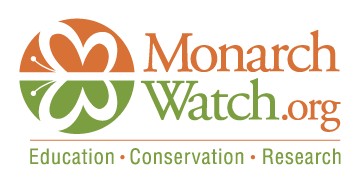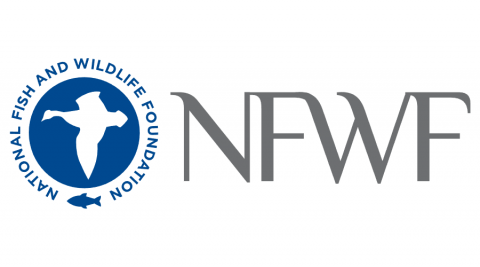
Kansas
Resources
For more information, follow the links by clicking the title buttons.
KS State Plan for Monarch Conservation
KS State Plan for Monarch Conservation
Free Milkweed for Schools and Non-profits
Free Milkweed for Schools and Non-profits
KS Butterfly Habitat Initiative
KS Butterfly Habitat Initiative
 |
U.S. Department of Agriculture’s (USDA) Natural Resources Conservation Service (NRCS) will provide technical and financial assistance through EQIP working with agricultural producers to combat the decline of monarch butterflies. Kansas producers and conservation partners can apply management practices to native rangeland and pasture to increase milkweed and other nectar-rich plants needed to support monarch butterflies. In addition, assistance can be provided for milkweed and nectar-rich plantings. |
Regional Roadside Milkweed Guide
Regional Roadside Milkweed Guide
 |
The most common milkweeds in roadsides in Kansas & Missouri. Offers recommendations for milkweeds tolerant of mowing. |
Bee and Butterfly Habitat Fund
Bee and Butterfly Habitat Fund
NFWF Monarch Butterfly and Pollinators Conservation Fund
NFWF Monarch Butterfly and Pollinators Conservation Fund




